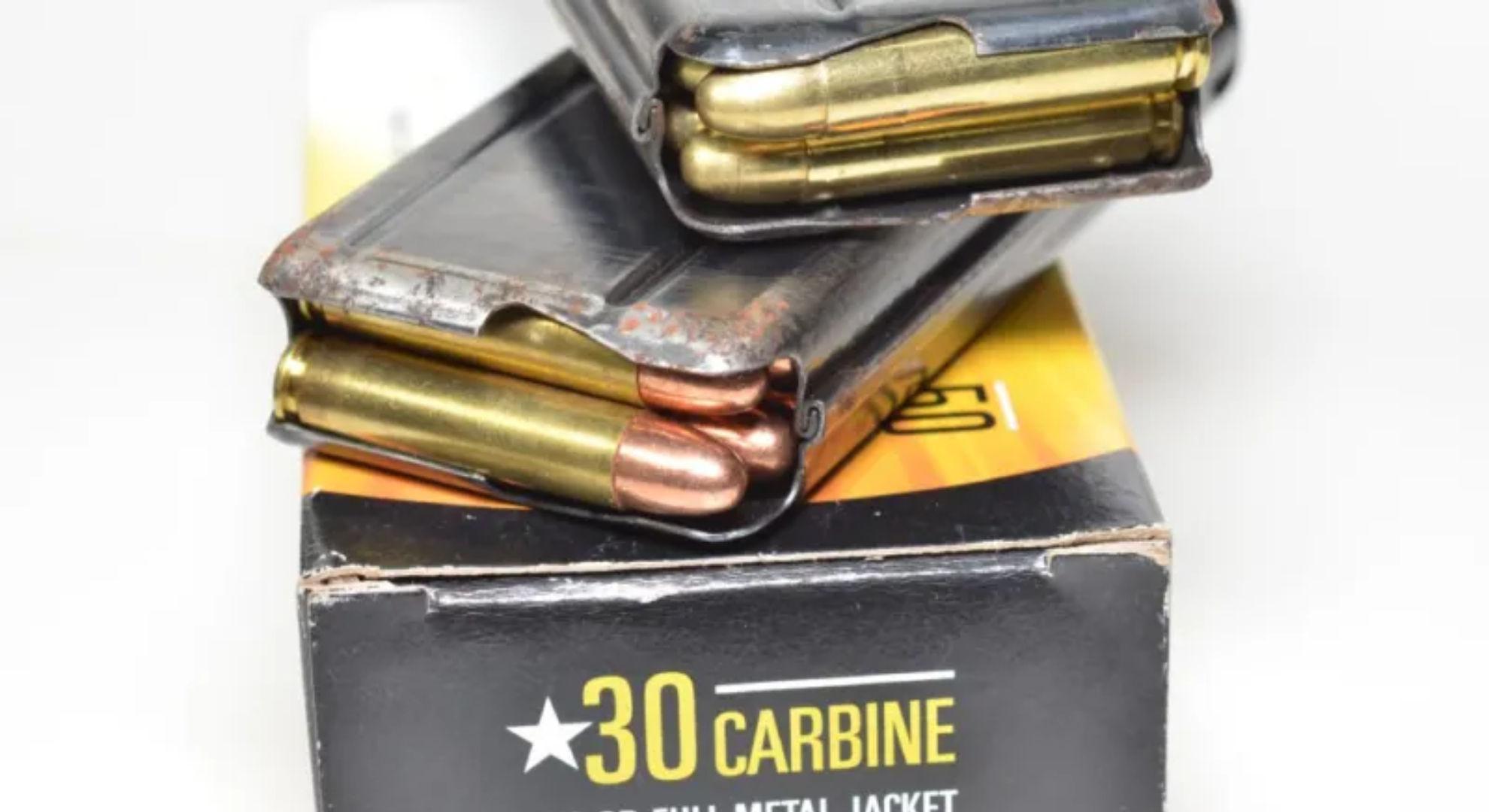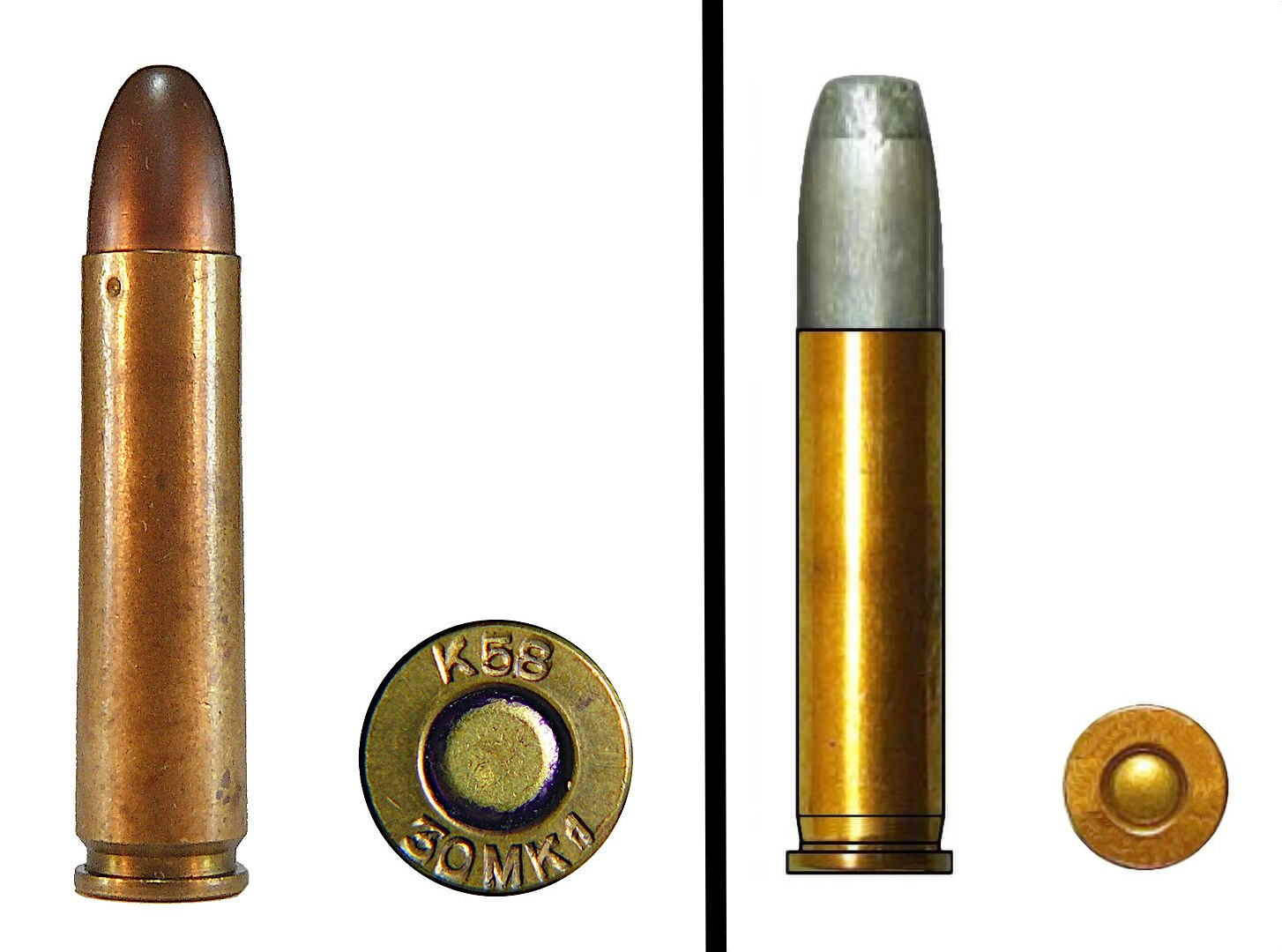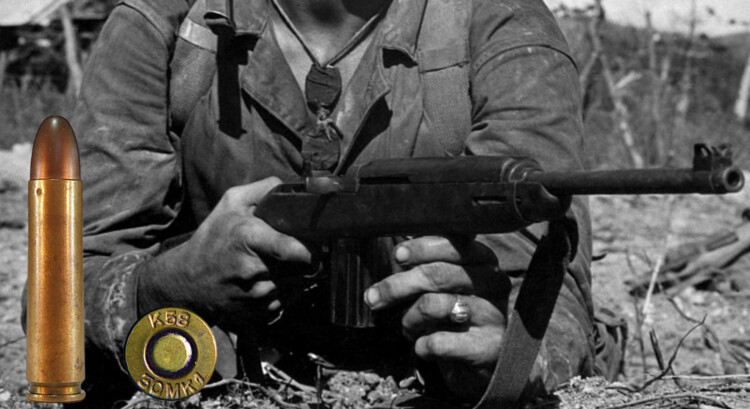Engage anyone in a discussion about firearms, and you’ll soon find yourself navigating a crossroads of perspectives on the .30 Carbine cartridge. This remarkable cartridge has spurred two distinct narratives: one hails its lightweight, enjoyable shooting experience, while the other whispers doubt about its stopping power. Yet, hidden behind these narratives is a tale of untold valor and a legacy overshadowed by unfounded misconceptions. It’s time to peel back the layers of history and dive into the charm surrounding this enigmatic cartridge that proudly served the United States for over three decades and its enduring impact today.
Unraveling the Historical Threads
Enter the .30 Carbine cartridge—the heart and soul of the iconic M1 Carbine rifle, a weapon etched into the annals of World War II, the Korean War, and the Vietnam War. Step one: dispelling a common falsehood. While legendary gunsmith David Marshall “Carbine” Williams often takes credit, the true architect behind this cartridge is Edwin Pugsley, an unsung hero within the Winchester Manufacturing fold. Pugsley’s legacy has been unfairly obscured in the background of firearms history.

The Fog of Hollywood Misdirection
Cue the 1952 film “Carbine Williams,” starring the charismatic Jimmy Stewart. Hollywood’s dramatic portrayal weaves an alternate narrative, asserting that Williams himself designed the rifle. But let’s separate fact from fiction – the rifle’s creation was a collective effort involving a team of five Winchester Engineers. Hollywood, notorious for taking creative liberties with the phrase “inspired by actual events,” weaves a version of history that stands apart from the real tale. Here’s another tidbit often overlooked: the .30 Carbine cartridge isn’t as novel as it seems; it’s a rebirth of the .32 Winchester Self Loading round (SLR).
Venturing Beyond the M1 Carbine
Mention .30 Carbine, and most minds conjure the image of the M1 Carbine. Yet, this cartridge extended its influence beyond these storied confines. Consider the Ruger Blackhawk, the AMT Automat III, and the Taurus Raging 30 – all pistols wielding the power of the .30 Carbine. Rifles also joined the fold, from Olympic Arms’ versions of the AR15 to the Marlin Levermatic Model 62. And who can overlook the French endeavor to craft a CETME roller lock rifle in a .30 Carbine? While the CEAM Modele 1950 never progressed past the design phase, the concept tantalizes with intrigue.
M1 Carbine: A Revelation
Let’s shift our gaze to the M1 Carbine – a gun that defies the limits of popularity. Surpassing even the revered M1 Garand in production during World War II, more than 6.5 million M1 Carbines emerged over a mere 38 months. The fact remains: this unassuming rifle stole the spotlight. Don’t let its relatively small size deceive you; its role was never to replace the M1 Garand. Instead, it found its niche as the weapon of choice for support staff, officers, and those navigating tanks, radios, and tight spaces.

.30 Carbine: Deciphering Myth from Reality
Beware the myth that paints the .30 Carbine as feeble. The standard .30 Carbine cartridge, equipped with a 110-grain full metal jacketed bullet, delivers formidable ballistics – clocking in around 1900-2100 ft per second with 881-964 ft-lbs of energy. Challenge the fable that it couldn’t penetrate the winter jackets of Communist troops in the Korean War. Contrary to wizardry or “magic Chinese jackets,” the .30 Carbine took down scores of Germans outfitted in winter gear. Perhaps the reality lies in the tumultuous conditions – freezing rain, wind, snow, sub-zero temperatures, and a barrage of charging foes—a simple explanation: inconsistent marksmanship.
Unmasking Universal Utility
Witness the M1 Carbine’s global impact. Distributed to nations aligned with the Truman Doctrine’s anti-communist efforts post-World War II, it became a steadfast ally in battles across Korea, Indochina, the Suez Canal, Angola, Vietnam, Cambodia, and Cuba. Over 50 nations embraced the M1 Carbine, with South Korea and Israel showcasing its continued relevance today. This compact weapon bridged continents and conflicts, tailored for those who couldn’t wield a heavier M1 Garand. Versatile, easy to use, and resilient to harsh conditions, it remains a symbol of endurance.
The Final Salute
As we ponder the legacy of the M1 Carbine, let’s cast aside the shadows of doubt and embrace the truth. Unsubstantiated rumors tarnished the M1 Carbine’s reputation, akin to the tales of early Colt M16s attributed to toy maker Mattel. Yet, the facts stand firm – many fallen German, Italian, and Japanese soldiers attest to its lethal prowess. The once-bountiful supplies of M1 Carbines dwindle, and their value escalates yearly. If this collector’s dream catches your eye, seize the opportunity within the coming year. As queries arise about M1 Carbines and beyond, feel free to connect with us; we’re here to illuminate the truth.










COMMENTS
You must become a subscriber or login to view or post comments on this article.